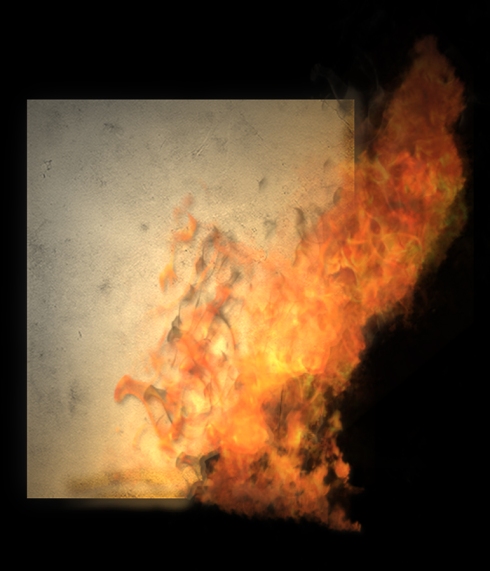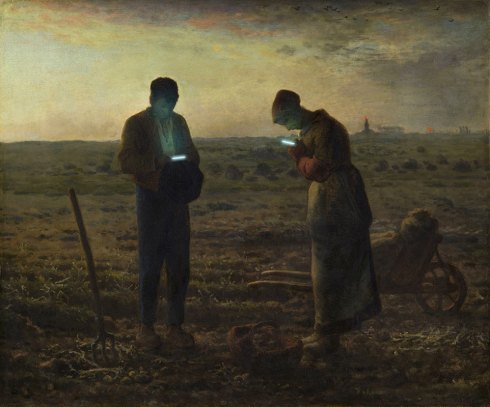Where I come from in Northern California, often at the end of summer or in early fall, when the grass is golden and the oaks and pines are at their driest and most combustable after months of no rain, along will come a storm. Often the first rain clouds and the first light showers also bring lightning. After a bolt or two touch this arid mediterranean tinder-box climate, forrest fires break out!
These fires consume like crazy! Trees explode, field are leveled and blackened. Soil is made more rich with ashes (this is also why some farmers will carefully burn their fields after harvest). Some seeds that have been waiting years to break-open will only sprout after a fire! While fire is good for the environment in it’s way, it is bad for the people and their houses planted there. So, they fight it.
Controlled burning is one way. Firefighters will cut a path and burn a small section ahead of the uncontrolled blaze to eat up the fuel before the wildfire gets there. This smaller, controlled burn stops the dangerous unruly burn dead in it’s tracks.
There is a Spiritual Metaphor here. Lighting fires, putting fires out.
Fire and passion are words that are often tied together.

Northern California fire crews start a backfire to stop the Poomacha fire from advancing westward.[25]
Consider the analogy of controlled burning and uncontrolled burning in your own life.
Consider ways that a Godly fire, a pure passion, beautiful and under authority has been able to or can defeat and protect against the ravages of a wildfire. Is there a passion that you should ignite? Is there a fire that threatens to destroy your life?




